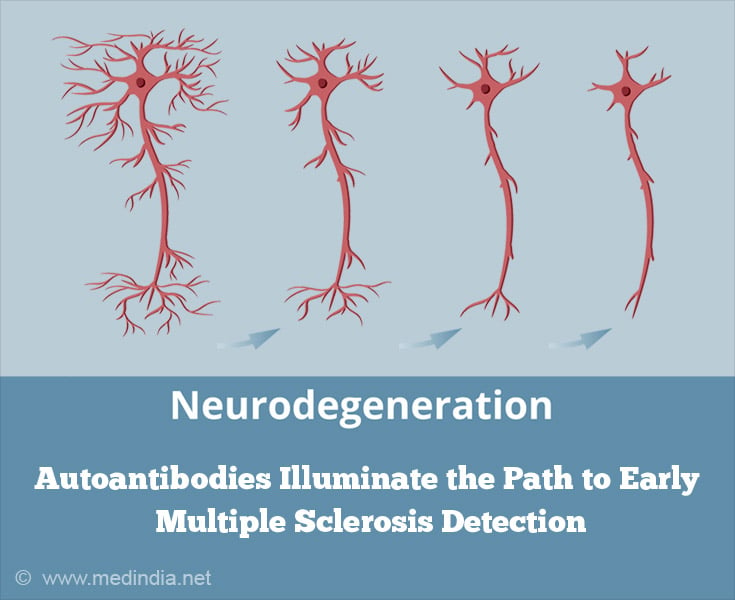In the ever-evolving landscape of medical research, multiple sclerosis (MS) stands as a testament to remarkable progress in treating autoimmune diseases. The recent seminar held at ECTRIMS 2023 in Milan, led by Steve Hauser from the University of California San Francisco, offered a compelling glimpse into the ongoing quest to understand and combat this complex neurological disorder.
What is Multiple Sclerosis?
Multiple sclerosis (MS), an autoimmune, demyelinating, central nervous system-restricted neurologic disease, has witnessed substantial advancements in therapeutics over the past generation. Treatment modalities have become more effective and safer, particularly for the early relapsing inflammatory phase of the disease.
Advancements in the Treatment of Multiple Sclerosis
Additionally, there have been promising developments in addressing the later progressive stage of MS. Yet, as Steve Hauser aptly pointed out, a critical question lingers: How can we enhance the treatment of progressive MS, moving beyond symptom suppression to potentially curing the disease? Moreover, how can we identify the elusive markers of a cure?
Autoantibodies to Detect Autoimmune Diseases
The seminar shed light on a profound strategy that has transformed the landscape of autoimmune diseases: the use of specific biomarkers, particularly autoantibodies present in the bloodstream. These autoantibodies have proven invaluable for detecting diseases at their earliest stages or even before their clinical onset, opening doors to the realm of primary prevention. Autoantibodies related to diseases like systemic lupus, rheumatoid arthritis, and type 1 diabetes have been instrumental in understanding the journey toward clinical autoimmunity.
Novel Autoantibody Predicts Onset of Multiple Sclerosis
In the case of MS, the absence of measurable autoantibodies in the bloodstream has posed a unique challenge. However, Steve Hauser introduced groundbreaking research that brings hope to this realm. The Department of Defense Serum Repository, which contains over 81 million samples from more than 10 million servicemen and women over the past 40 years, provided the foundation for this research.
By drawing on this extensive repository, researchers identified a specific autoantibody, although not incredibly sensitive, that predicts the onset of MS at least five years before the disease manifests. This autoantibody features a distinctive proline, polyserine, and arginine motif that it shares with viral proteins, particularly the BRRF2 protein of the Epstein-Barr virus. This finding opens the door to a new perspective, suggesting that autoimmune responses may be triggered through molecular mimicry, wherein the immune system mistakenly targets proteins resembling those of a viral invader.
Link Between Epstein-Barr Virus and Multiple Sclerosis
This revelation aligns with the well-documented epidemiological link between Epstein-Barr virus infection, notably infectious mononucleosis, and the subsequent development of MS. The identified autoantibody might pinpoint a specific immune response triggered by cross-reactivity, offering a potential explanation for why some individuals infected with Epstein-Barr virus eventually progress to multiple sclerosis (1✔ ✔Trusted Source
Multiple Sclerosis: Paving the Way to a Cure
Go to source
).
In conclusion, this seminar has unveiled a promising avenue for early MS detection and prevention through autoantibodies. While challenges remain on the path to better understanding and combating MS, the emergence of these diagnostic markers heralds a significant step forward in the quest for effective treatments, or perhaps even a cure, for this intricate neurological disorder. The fusion of immunology and molecular mimicry has the potential to transform the future of MS research and patient care.
Reference :
- Multiple Sclerosis: Paving the Way to a Cure – (https:www.medpagetoday.com/meetingcoverage/ectrimsfuturefocus/107092)
Source: Medindia



